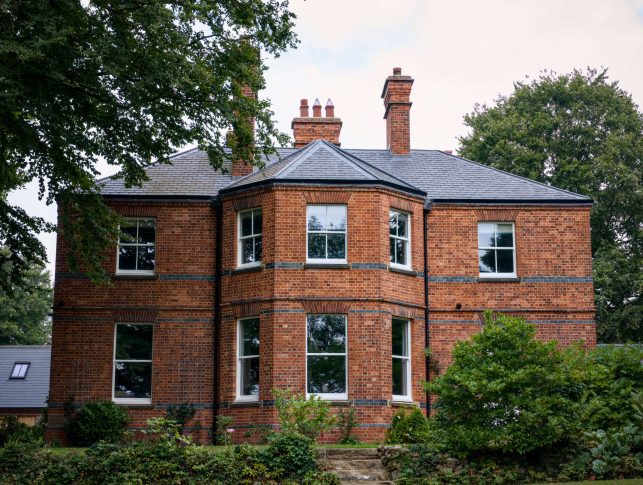
Easingwold Project
Validus Construction Ltd was appointed to carry out specialist masonry repairs and restoration works at a private residential property in Easingwold, near York. The project aimed to revive the building’s external envelope using conservation-driven techniques and modern cleaning solutions, all while preserving the property’s historic character and ensuring its long-term resilience.
The work commenced with the careful removal of over 400 m² of existing cement-based pointing, replaced with a breathable lime mortar mix to enhance moisture performance and durability. All elevations underwent Doff steam cleaning to eliminate biological growth and surface contaminants without damaging the brickwork. Damaged stone and brick elements were repaired or replaced, including over 300 bricks matched for texture and colour.
Burnt sand mastic pointing was applied to window reveals to ensure a flexible, sympathetic joint finish. The restoration required meticulous attention to detail to ensure aesthetic continuity and historical integrity across the entire façade. The project was completed within the scheduled 16-week programme.
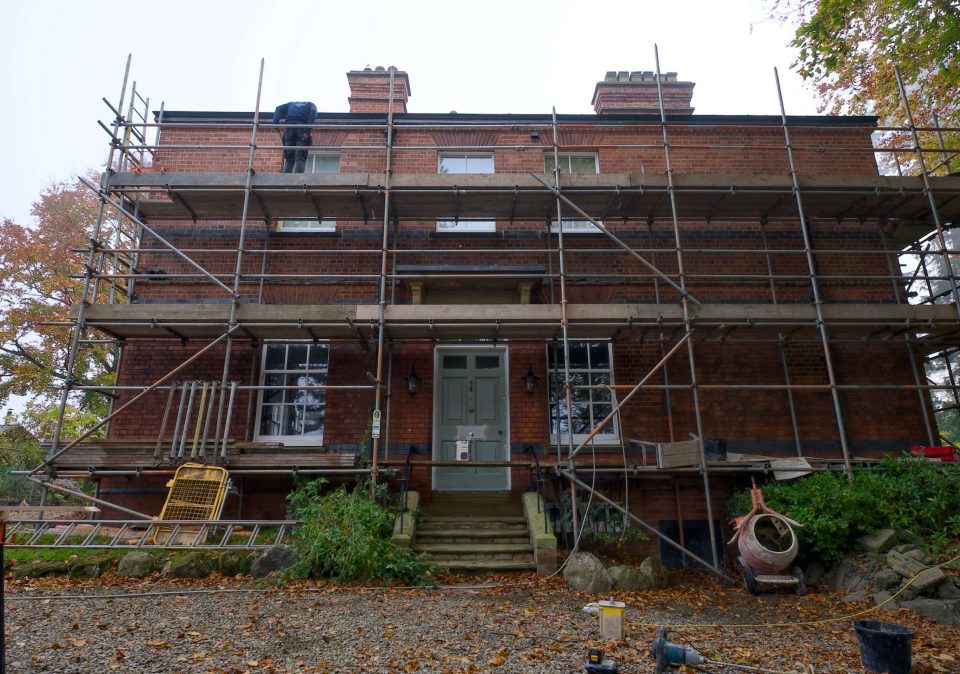
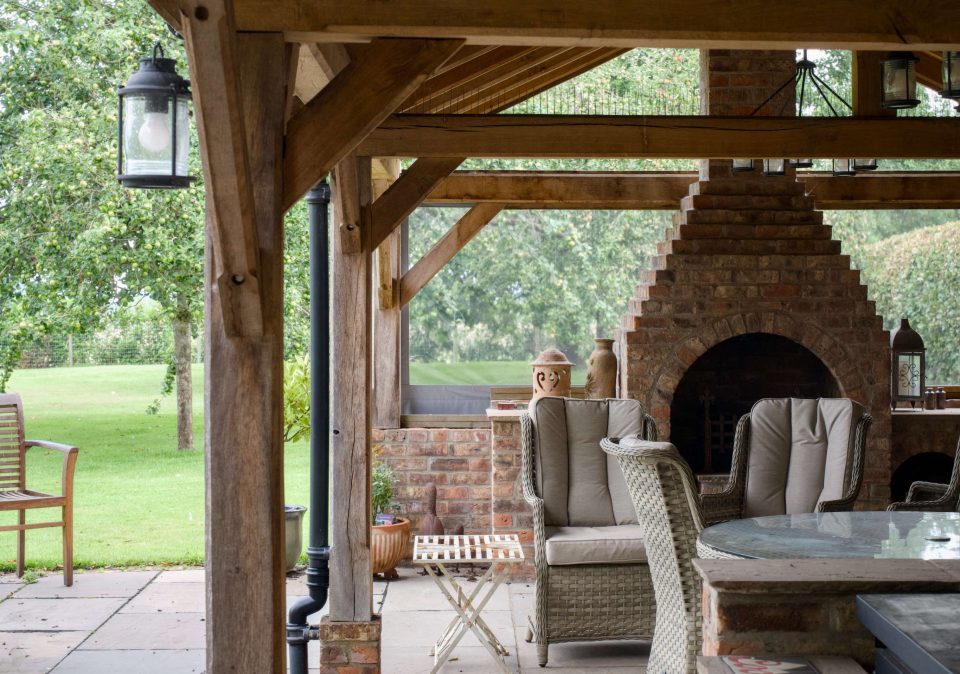
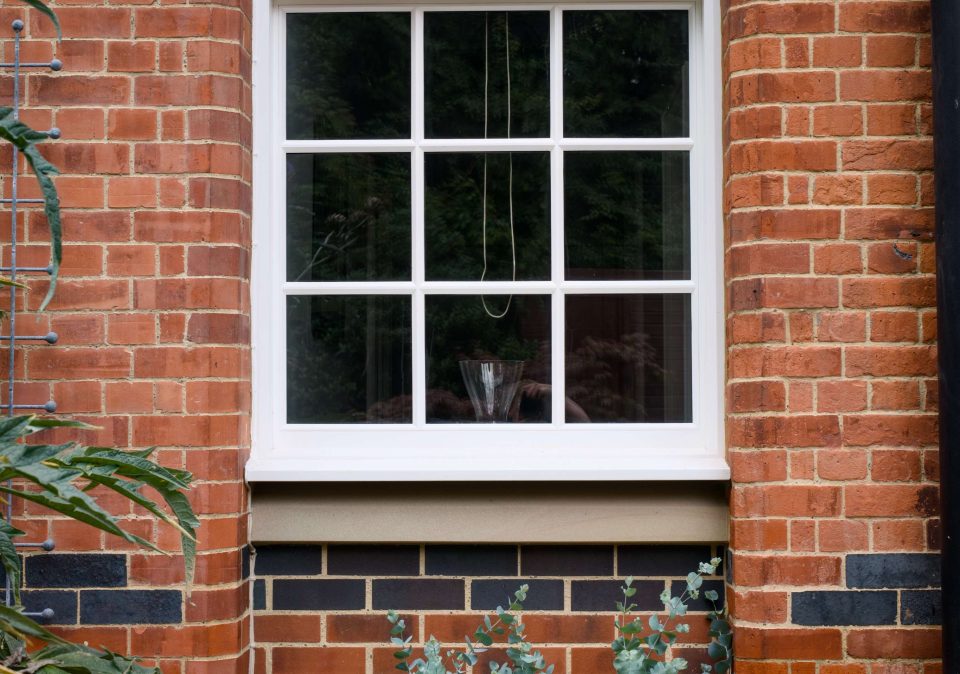
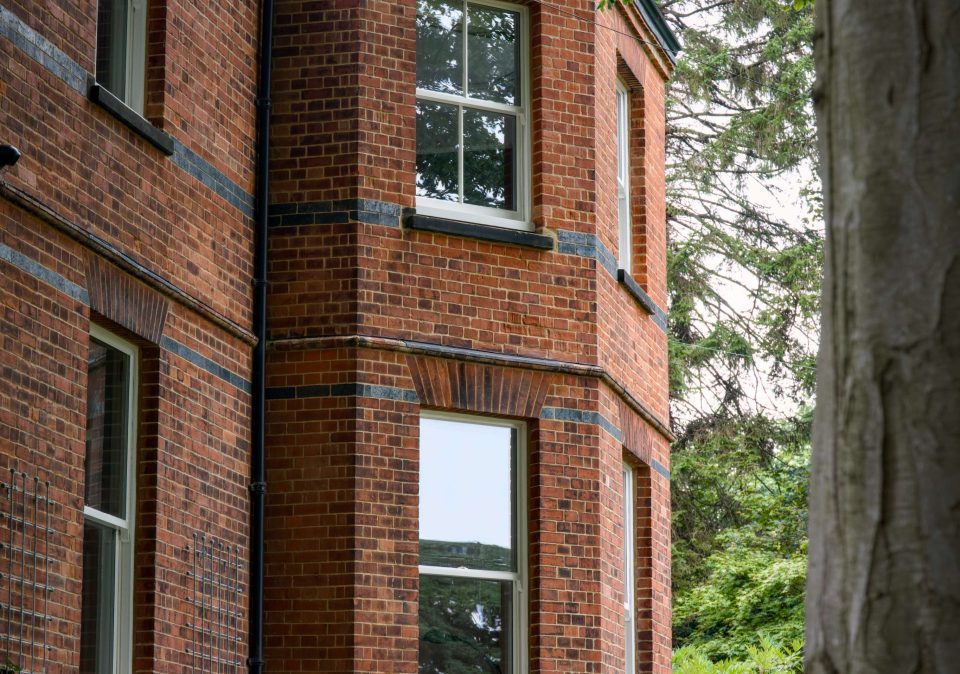
The conservation team at Validus Construction used the Doff steam cleaning system across all elevations. Operating at low pressure and high temperature, the system effectively removed moss, algae, and atmospheric soiling without harming the substrate. This process brought clarity back to the original brickwork and stone elements while ensuring no structural degradation.
Following the cleaning, existing rigid cementitious pointing was carefully raked out across 400 m² of masonry. This was replaced using a traditional lime mortar, allowing the masonry to flex and breathe, essential for historic buildings. This mix was colour-matched and tooled to blend with the original materials for a seamless appearance.
Additionally, over 300 bricks were replaced throughout the structure. Each brick was selected to closely match the size, colour, and texture of the original to maintain a uniform and historically accurate façade.
Burnt sand mastic pointing was applied by hand to all window reveals. This traditional method provides flexibility and weatherproofing while preserving the historic detailing of the façade. These joints were finished in a style sympathetic to the existing construction, ensuring both functional performance and visual authenticity.
All repointing works were completed using breathable lime mortars, chosen specifically for their compatibility with older masonry and their ability to improve thermal and moisture regulation across the building envelope.
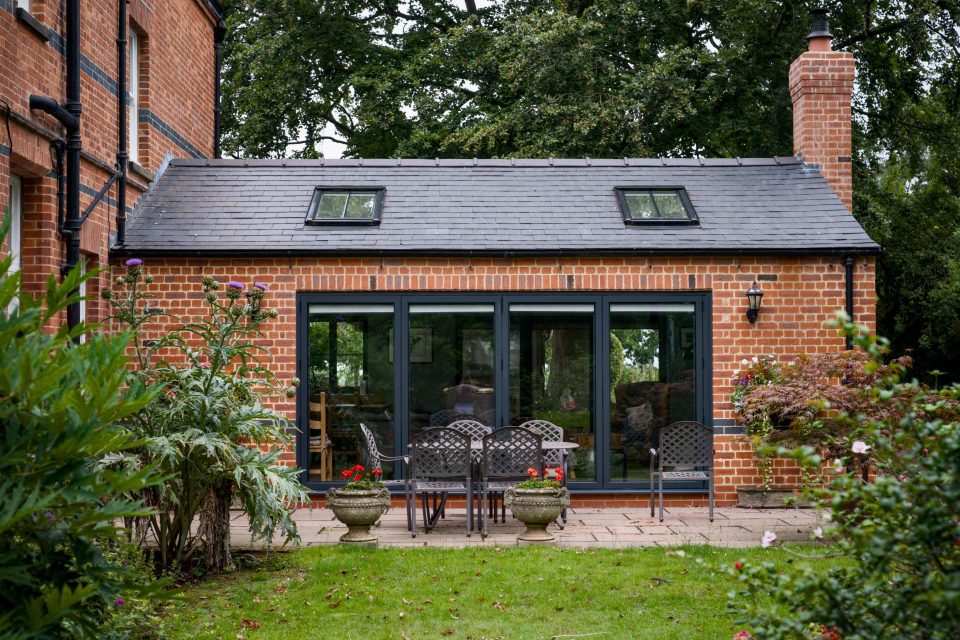
Several challenges arose during the restoration process, most notably the careful removal of dense cement pointing from historic brickwork without causing damage. The team used hand tools and controlled techniques to protect the fabric of the building.
Another challenge involved achieving consistency in appearance across large elevations with varied levels of degradation. This was managed by custom-blending lime mortar mixes and maintaining strict quality control throughout the pointing and cleaning phases.
Additionally, the property remained occupied during the works, requiring careful site coordination, phased scheduling, and continuous client communication to minimise disruption.